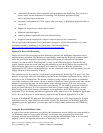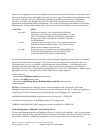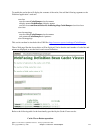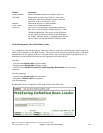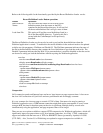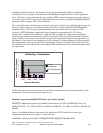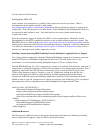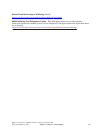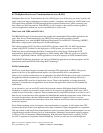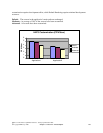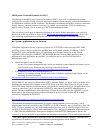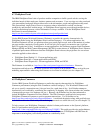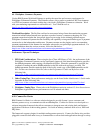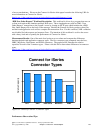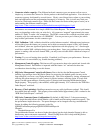
6.5 WebSphere Host Access Transformation Services (HATS)
WebSphere Host Access Transformation Services (HATS) gives you all the tools you need to quickly and
easily extend your legacy applications to business partners, customers, and employees. HATS makes your
5250 applications available as HTML through the most popular Web browsers, while converting your
host screens to a Web look and feel. With HATS it is easy to improve the workflow and navigation of
your host applications without any access or modification to source code.
What’s new with V5R4 and HATS 6.0.4
The IBM WebFacing Tool has been delivering reliable and customizable Web-enabled applications for
years. Host Access Transformation Services (HATS) has been providing seamless runtime
Web-enablement. Now, with the IBM WebFacing Deployment Tool with HATS Technology (WDHT),
IBM offers a single product with the power of both technologies.
This offering replaces HATS for iSeries and HATS for System i model 520. For HATS applications
created using HATS Toolkit 6.0.4 and deployed to a V5R4 system, you can now connect to the
WebFacing Server and eliminate the Online Transaction Processing charge. Without the OLTP
requirement for deploying a HATS application to i5/OS starting with V5R4, the overall cost of HATS
solutions is significantly reduced. HATS applications can now be deployed to i5/OS Standard Edition.
With WDHT, WebFacing applications can call non-WebFacing applications and those programs will be
dynamically transformed for the Web using HATS technology.
HATS Customization
HATS uses a rules-based engine to dynamically transform 5250 applications to HTML. The process
preserves the flow of the application and requires very little technical skill or customization.
Unless you do explicit customization for an application, the default HATS rules will be used to transform
the application interface dynamically at runtime. This is referred to as default rendering. Basically a
default template JSP is used for all application screens. There is the capability to change the default
template to customize the web appearance, but at runtime the application screens are still dynamically
transformed.
As an alternative, you can use HATS studio (built upon the common WebSphere Studio Workbench
foundation) to capture and customize select screens or all screens in an application. In this case a JSP is
created for each screen that is captured. Then at runtime the first step HATS performs is to check to see if
there are any screens that have been captured and identified that match the current host screen. If there are
no screen customizations, then the default dynamic transformation is applied. If there is a screen
customization that matches the current host screen, then whatever actions have been associated with this
screen are executed.
Since default rendering results in dynamic screen transformation at run time, it will require more CPU
resources than if the screens of an application have been customized. When an application is customized,
JSPs are created so that much of the transformation is static at run time. Based on measurements for a mix
of applications using the following levels of customizations, Moderate Customization typically requires
5-10% less CPU as compared to Default Rendering. With Advanced Customization, typically 20-25%
less CPU is required as compared to Default Rendering. You have to take into account, though, that
IBM i 6.1 Performance Capabilities Reference - January/April/October 2008
© Copyright IBM Corp. 2008 Chapter 6 - Web Server and WebSphere 117



